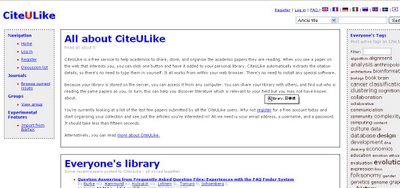An NS2 TCP Evaluation Tool: Installation Guide and Tutorial
A TCP performance evaluation tool for the network simulator NS2 has been developed. This document describes how to install and use this tool.
Researchers frequently use the network simulator NS2 to evaluate the performance of their protocols in the early stage of design. One particular area of recent intest is the congestion control protocols (a.k.a., TCP alternatives) for high-speed, long-delay networks. There is significant overlap among (but lack of a community-agreed set of) the topologies, traffic, and metrics used by many researchers in the evaluation of TCP alternatives: effort could be saved by starting research from an existing framework. As such, we developed a TCP performance evaluation tool. This tool includes several typical topologies and traffic models; it measures some of the most important metrics commonly used in TCP evaluation; and it can automatically generate simulation statistics and graphs ready for inclusion in latex and html documents. The tool is very easy to use and contains an extendable open-source framework.
This tool can be used not only for high-speed TCP protocols, but for other proposed changes to congestion control mechanisms as well, such as ECN added to SYN/ACK packets, changes to make small transfers more robust, changes in RTO estimation, and proposals to distinguish between loss due to congestion or corruption, etc.
tags : tcp evaluation tool ns2 network simulator



